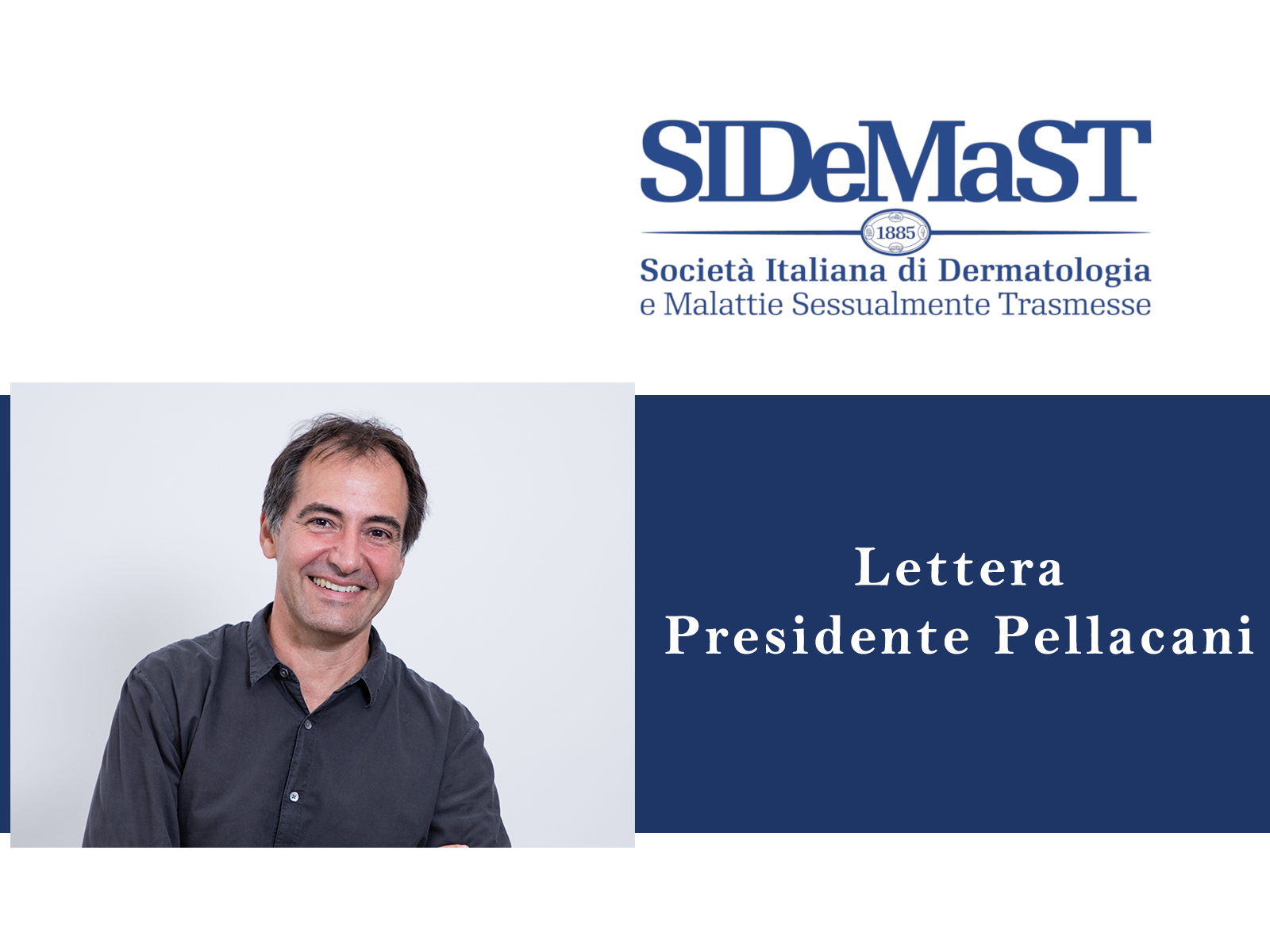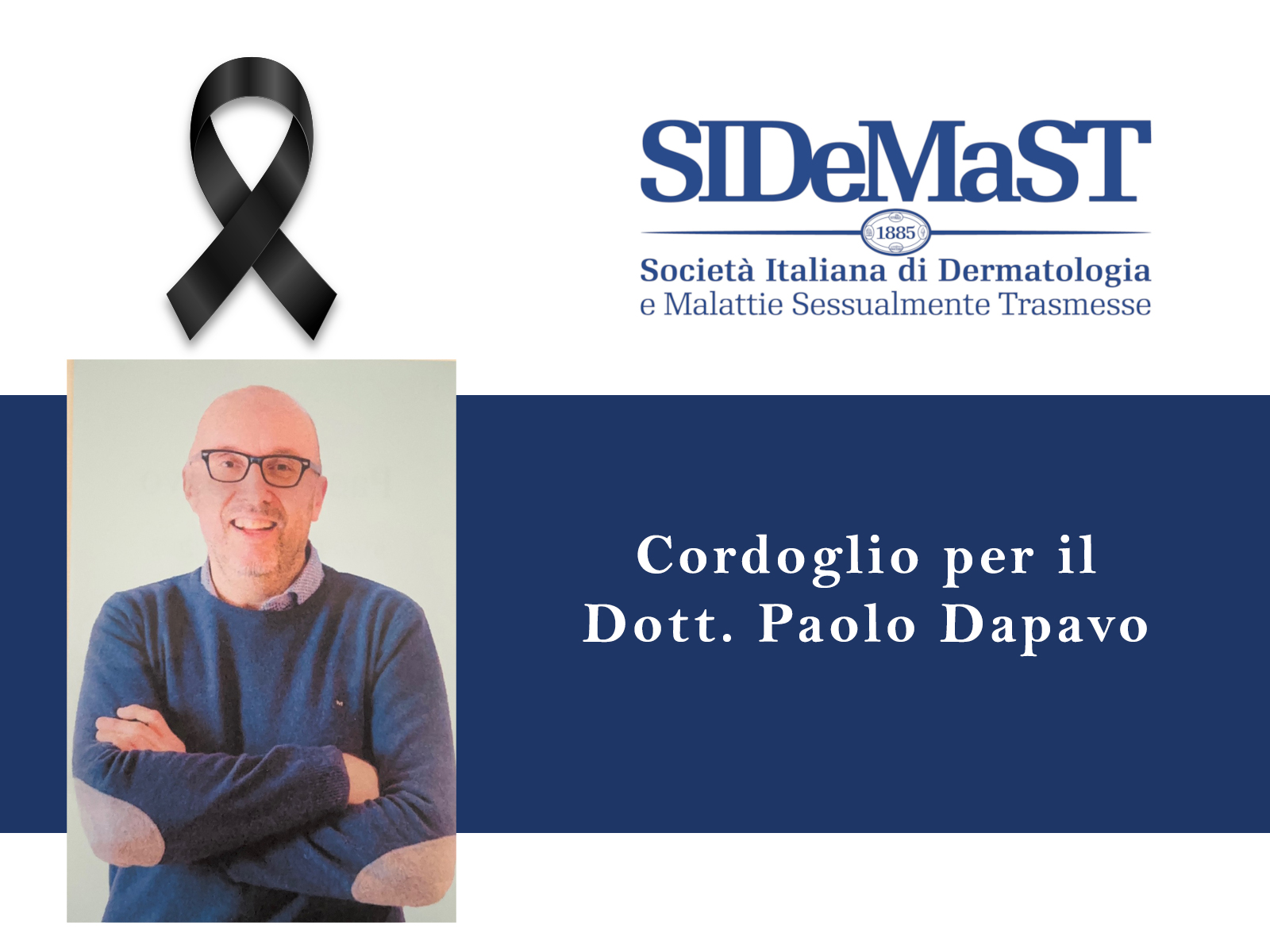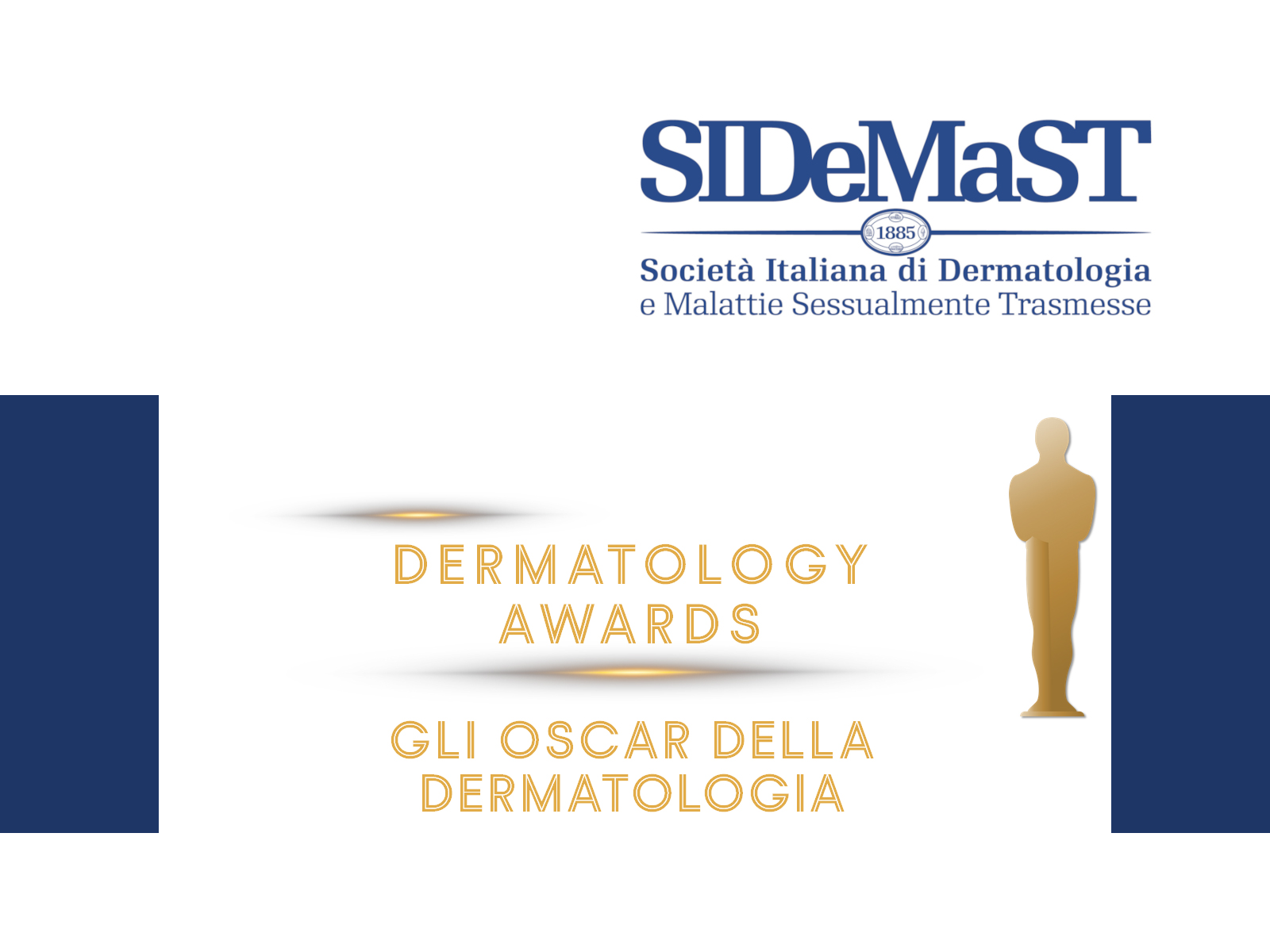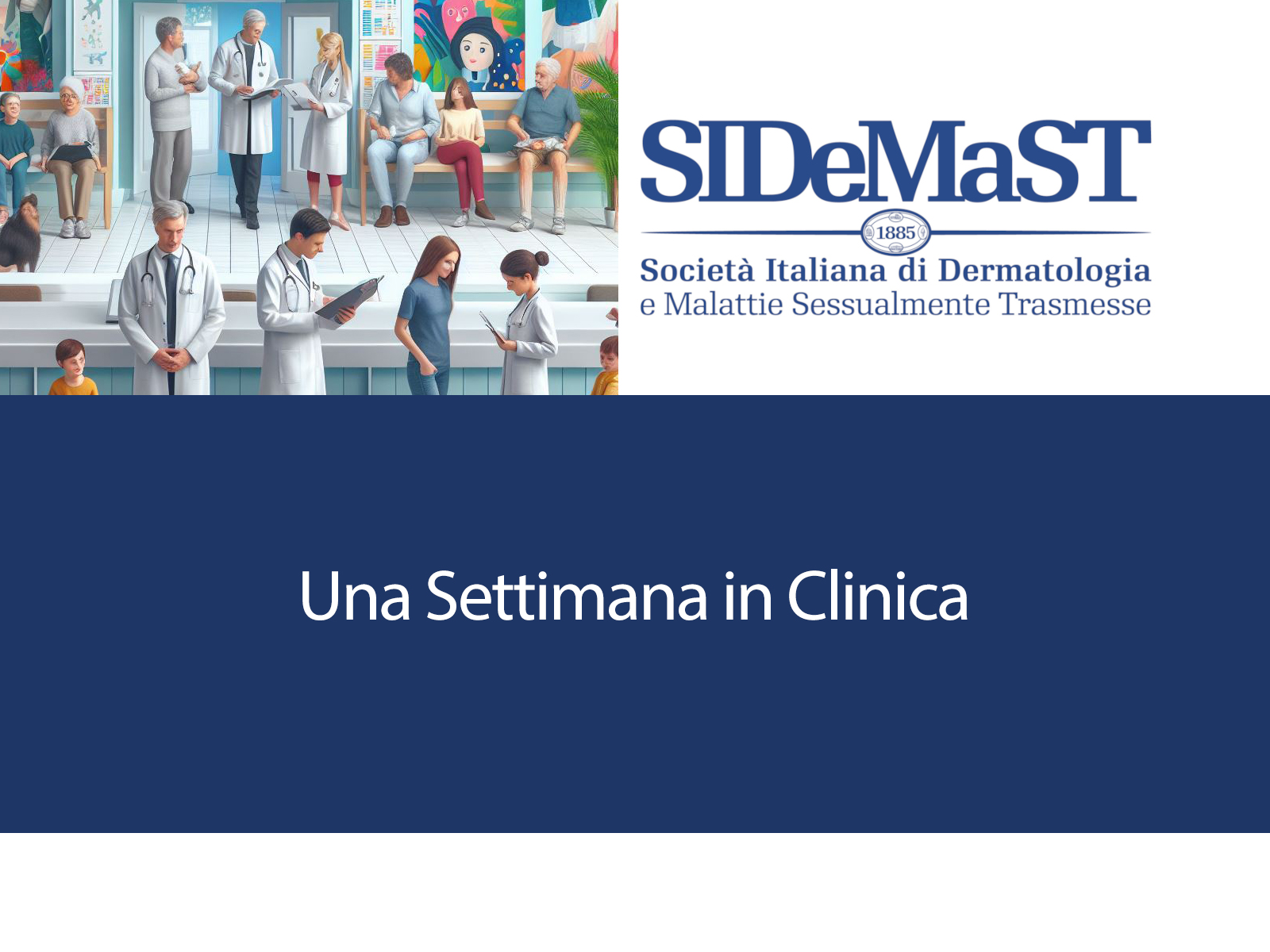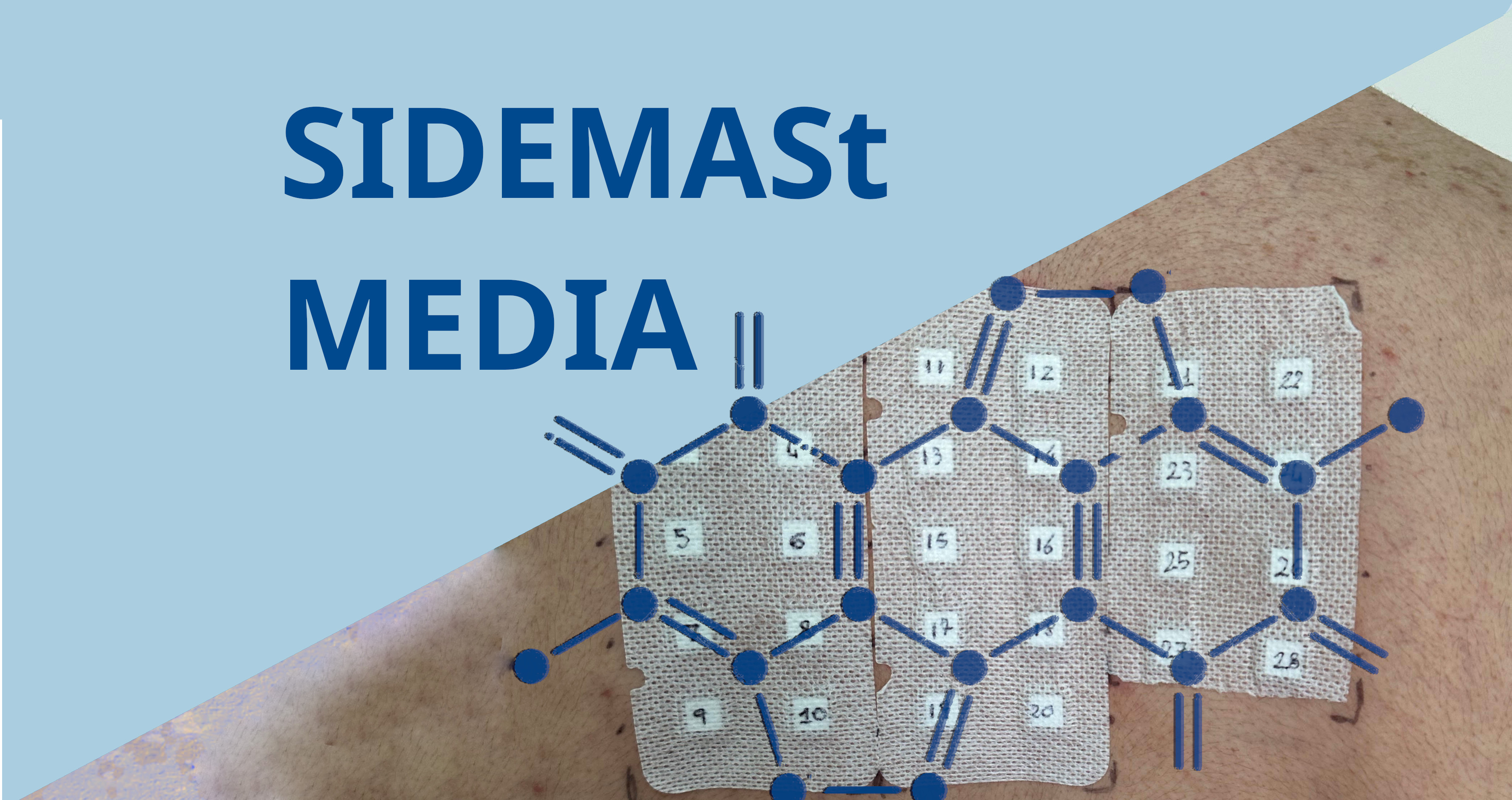A single 1200-mg dose of oritavancin, a lipoglycopeptide antibiotic, demonstrates efficacy and safety similar to that of a 7- to 10-day regimen of vancomycin in the treatment of acute bacterial skin and skin-structure infections (ABSSSI) in patients using intravenous drugs, according to a post-hoc analysis of the phase 3 SOLO trials presented at 2015 Annual Meeting of the American College of Emergency Physicians (ACEP).
Compliance may be of concern in treating patients for ABSSSI in the ER when those patients use IV drugs. "A single-dose therapy such as oritavancin offers a new option for the treatment of ABSSSI in this population," stated lead author Charles V. Pollack, Jr., MD, Thomas Jefferson University, Philadelphia, Pennsylvania, speaking here on October 26. "No dose adjustment is required for mild-to-moderate renal impairment, mild or moderate hepatic impairment, age, weight, and gender," he added.
Dr. Pollack and colleagues randomised 568 adult patients who use intravenous drugs (29% of the 1,959 patients in the SOLO trials) to a single 1,200-mg, intravenous dose of oritavancin (n = 258) or to a 7- to 10-day regimen of vancomycin (n = 259). The patients had a median age in the mid-40s; 45% had wound infections, 34% abscesses, and 21% cellulitis with a median lesion size of 287.3 square centimetres. In all, 59% (335 patients) had a history of hepatitis or other hepatic conditions.
The study met its primary endpoint -- a composite outcome of cessation of spread or reduction in lesion size, being afebrile, and needing no rescue antibiotic at 48 to 72 hours. There were no significant differences in the outcome between the oritavancin group (85%) and the vancomycin group (83%).
The 2 groups were also similar in terms of having at least a 20% reduction in lesion size (90% vs 87%) and having at least 20% reduction in lesion size at 14 to 24 days (85% vs 80%).
In cases where methicillin-resistant Staphylococcus Aureus was confirmed as the causative pathogen, outcomes were also similar (composite outcomes of 87% for oritavancin vs 83% for vancomycin), a 20% reduction or more in lesion size at 48 to 72 hours (97% vs 91%, respectively), and at 14 to 24 days (83% vs 81%, respectively).
There were no significant differences in the rates of patients experiencing 1 or more adverse events (61% vs 60%), with the most common adverse events being nausea, headache, vomiting, cellulitis, tachycardia, and diarrhoea.
The SOLO trials were supported by The Medicines Company, Parsippany, New Jersey.


